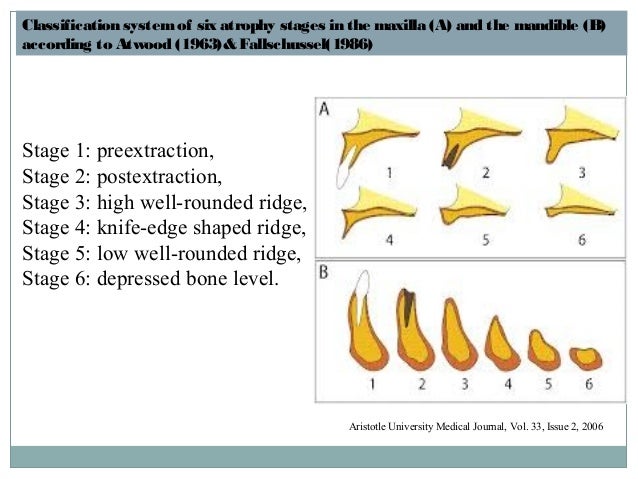
The bone height achieved decreases as the category increases, due to the accompanying osteogenic limitations (p<0.001). GBR was only required in 23.1 % of the cases in Category I (p=0.011). The use of the chisel resulted mainly in categories I and II (69.4 %) (p<0.001). More men (76.9 %) presented with category I (p<0.001). Subcategory D (28.57%), consisted of lingual deviation of the distraction axis, occurring in any of the categories I to IV. Category VI (4.76 %): distraction transport segment completely lost. Category V (9.52%): return of the transport segment to its initial position due to the reverse rotation of the distractor screw. Category IV (2.38 %): distraction transport segment forming a bridge, without bone formed beneath and requiring guided bone regeneration. Category III (23.81%): narrow alveolar rim, lateral bone surface concavity. Chi-squared, Kruskal-Wallis and ANOVA one-way test were used.Ĭategory I (30.95%): consisted of wide alveolar rim and no bone defects Category II (28.57%): wide alveolar rim, lateral bone surface concavity.

Ridge bone morphology was evaluated as the main ordinal variable.

Thirty-four (34) patients (24 women and 10 men mean age, 47.1 years (SD=9.5) age range, 23 to 62 years) underwent a total of 42 alveolar ridge distractions before the placement of a total of 89 dental implants. To perform a morphologic classification based on the results of bone augmentation after a distraction osteogenesis.


 0 kommentar(er)
0 kommentar(er)
